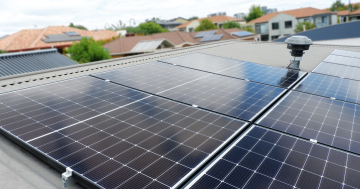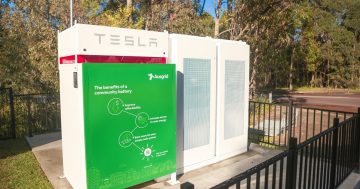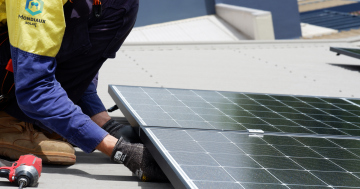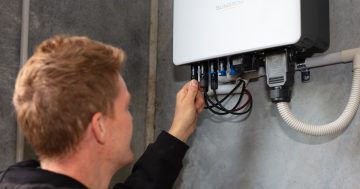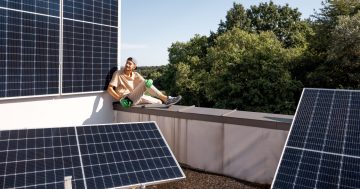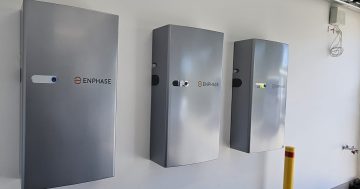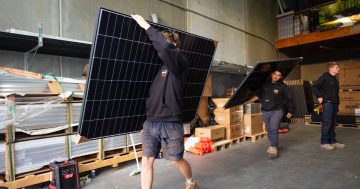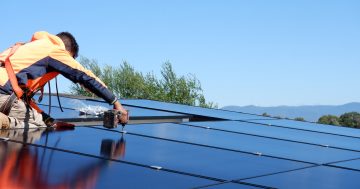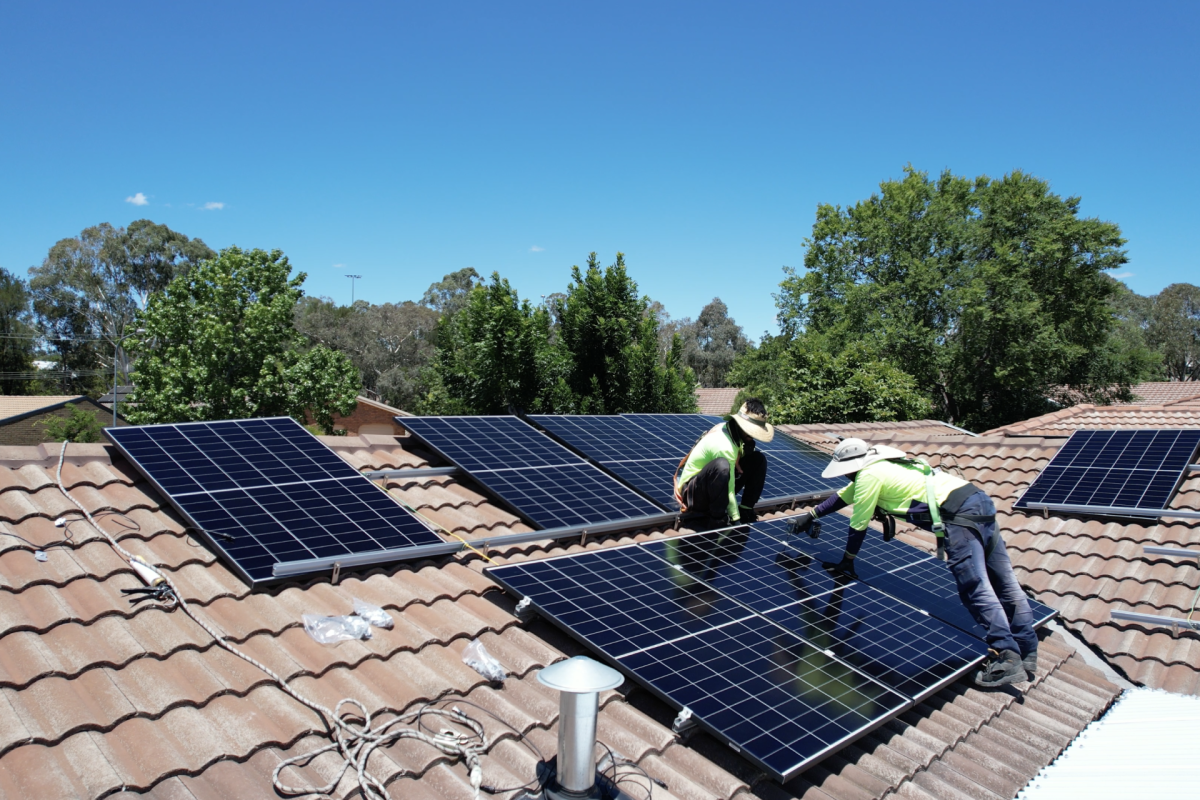
Canberra produces more energy from its solar panels than it can utilise; finding innovative ways to store this energy has become a key challenge for a renewable transition. Photo: Mondiaux Solar.
Canberra punches above its weight when it comes to home solar panel uptake, but storing the excess energy has been a major hurdle for the city.
A newly published research paper has proposed a solution to store this excess by selling it to your neighbour.
Lead author Dr Kevin Wang has proposed a radical restructure of how power is supplied into the grid by taking an ultra-local perspective to supply.
“The current strategy to increase the locally generated PV energy is to use battery storage. Our research shows that using the batteries is still a very expensive approach,” Dr Wang said.
“We discovered that we can incorporate peer-to-peer energy sharing with our neighbours who do not have any PV systems.”
With solar panels now present on nearly 40 per cent of homes, storing excess power has become an important energy policy driver for the ACT Government, which recently rolled out a major rebate program for home battery systems.
Solar energy has become so prevalent that it sometimes risks overloading the grid. This has, in turn, caused feed-in tariffs for solar systems to fall to between 5 and 12 cents per kWh in the territory, meaning while a solar house sells its excess energy to the grid for as low as 5 cents, a non-solar neighbour is still purchasing power for around 30 cents per kWh. It’s this disparity that Dr Wang wants to harness.
“The reason that your neighbours would want to buy the energy from you is because the peer-to-peer energy sharing price is normally lower than the reduced price of the electricity, so that’s key,” said Dr Wang.
The paper proposes that pole and wire companies create deals with solar households to sell energy to neighbours above the feed-in tariff but below the average grid cost.
Keeping the power out of the grid as a whole reduces load on the systems and benefits both households.
While he believes the research is promising, Dr Wang admits that it is still in early stages.
“For the technical requirements, this paper has not covered much about that aspect, and we believe that we need to do research on that.”
While negotiating with pole and wire owners would be a challenge, Dr Wang believes this would be a potential solution to Australia’s power woes.
But on the ground, there is some scepticism from some in Canberra’s solar industry.
Huglo Solar Director Tim Sturgiss said the paper is more of a pie-in-the-sky idea than a practical solution to solar storage.
“The paper looks like it’s mainly theoretical, rather than what’s actually going to be grounded in the real world,” he said.
According to Mr Sturgiss, the idea is not impossible to implement; however, negotiating returns with pole and wire companies, infrastructure upgrades, and regulatory complexity would make it difficult.
Another issue with the proposal is the economic assumptions. A key element of the paper is the financial incentives through increased feed-in tariffs.
But according to Mr Sturgiss, the paper overcomplicates the economics of solar power.
“In the real world, the best thing you can always do is just self-consume, you don’t have to rely on any fancy kind of agreements, it’s just about trying to self-consume your generation.”












